- The Cabinet of Dr. Caligari (1920)
- The Hunchback of Notre Dame (1923)
- The Phantom of the Opera (1925)
- The Lodger: A Story of the London Fog (1927)
- Dracula (1931)
- Frankenstein (1931)
- The Strange Case of Dr. Jekyll and Mr. Hyde (1931)
- The Wolf Man (1941)
- The Picture of Dorian Gray (1945)
- The Invisible Man (1933)
The 19th century, with its gas-lit streets, gothic architecture, and the dawn of the Industrial Revolution, provided a rich tapestry for horror stories. This collection of films delves into the eerie, the macabre, and the supernatural, capturing the essence of an era where fear lurked in the shadows. Whether you're a fan of classic literature adaptations or original tales, these films offer a haunting journey through time, showcasing the timeless appeal of horror from this bygone age.
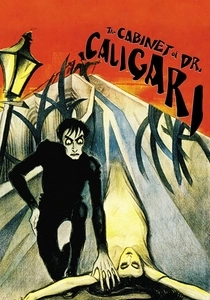
The Cabinet of Dr. Caligari (1920)
Description: Although set in an undefined time, its expressionist style and themes of madness and manipulation echo the 19th-century fascination with the psyche. This German silent film is a cornerstone of horror cinema for its surreal visuals and psychological depth.
Fact: The film's set design was so unique that it influenced many future horror films. It was also one of the first films to use a twist ending.
 Watch Now
Watch Now 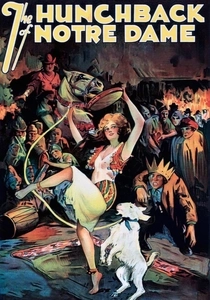
The Hunchback of Notre Dame (1923)
Description: Another silent film classic, this adaptation of Victor Hugo's novel showcases the tragic life of Quasimodo, the bell-ringer of Notre Dame. Its gothic setting and themes of love, isolation, and societal rejection resonate with the horror of the era.
Fact: Lon Chaney's performance as Quasimodo was so physically demanding that he had to be hospitalized after filming. The film was one of the first to use extensive location shooting.
 Watch Now
Watch Now 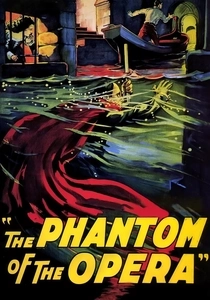
The Phantom of the Opera (1925)
Description: This silent film adaptation of Gaston Leroux's novel brings to life the tragic tale of a disfigured musical genius who haunts the Paris Opera House. Its eerie atmosphere and the iconic unmasking scene make it a cornerstone of 19th-century horror cinema.
Fact: Lon Chaney, who played the Phantom, created his own makeup, which was so effective that it shocked audiences. The film was also one of the first to use color tinting for dramatic effect.
 Watch Now
Watch Now 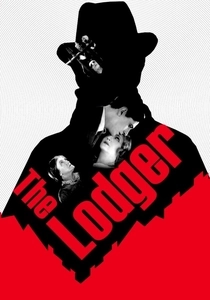
The Lodger: A Story of the London Fog (1927)
Description: Alfred Hitchcock's silent thriller, while not explicitly set in the 19th century, evokes the era with its foggy London setting and the Jack the Ripper-inspired plot. It's a suspenseful tale of a mysterious lodger suspected of being a serial killer.
Fact: This was Hitchcock's first thriller, and he used innovative techniques like glass floors for overhead shots. The film was remade several times, but the original remains a classic of early cinema.
 Watch Now
Watch Now 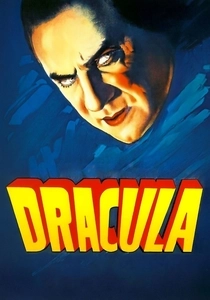
Dracula (1931)
Description: Bela Lugosi's portrayal of the infamous vampire Count Dracula set the standard for all vampire films to come. This adaptation of Bram Stoker's novel transports viewers to the 19th-century Transylvania, where horror and romance intertwine.
Fact: Lugosi was so committed to the role that he slept in a coffin on set to get into character. The film was also released in a Spanish-language version shot at night with a different cast.
 Watch Now
Watch Now 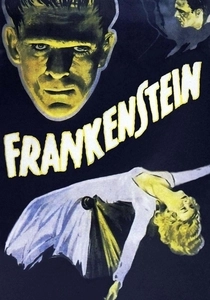
Frankenstein (1931)
Description: Based on Mary Shelley's novel, this film explores the consequences of man's ambition to create life, set in the 19th century. It's a chilling tale of a scientist's hubris and the monster he brings to life, capturing the era's fascination with science and its potential horrors.
Fact: Boris Karloff's portrayal of the Monster became iconic, and the film was groundbreaking for its use of sound and special effects. It also led to numerous sequels and adaptations.
 Watch Now
Watch Now 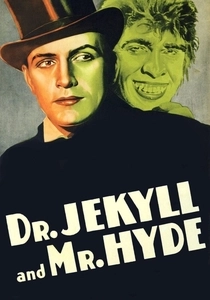
The Strange Case of Dr. Jekyll and Mr. Hyde (1931)
Description: This adaptation of Robert Louis Stevenson's novella delves into the duality of human nature, a theme prevalent in 19th-century literature. Fredric March's transformation from the mild-mannered Dr. Jekyll to the sinister Mr. Hyde is both chilling and mesmerizing.
Fact: March won an Academy Award for Best Actor for his dual role, making it one of the earliest horror films to receive such recognition. The film was remade several times, but this version remains a classic.
 Watch Now
Watch Now 
The Wolf Man (1941)
Description: While not set in the 19th century, its themes of lycanthropy and folklore are rooted in that era's myths. Lon Chaney Jr.'s portrayal of Larry Talbot, cursed to become a werewolf, captures the primal fear of transformation and loss of control.
Fact: The film introduced the famous rhyme about werewolves, which has become a staple in horror lore. It also led to a series of sequels and crossovers with other Universal Monsters.
 Watch Now
Watch Now 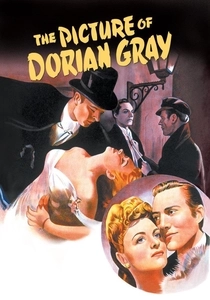
The Picture of Dorian Gray (1945)
Description: Based on Oscar Wilde's novel, this film captures the 19th-century fascination with beauty, morality, and the supernatural. It tells the story of a man whose portrait ages while he remains youthful, exploring themes of vanity and corruption.
Fact: The film was notable for its use of Technicolor in one scene to show the aging portrait, which was a significant departure from the black-and-white filming of the rest of the movie.
 Watch Now
Watch Now 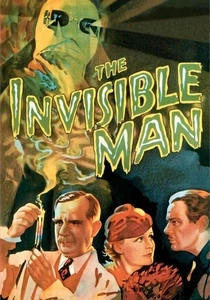
The Invisible Man (1933)
Description: Based on H.G. Wells' novel, this film explores the terror of invisibility, a concept that could be imagined in the 19th century with the advent of scientific discovery. It's a tale of madness, power, and the unseen dangers lurking around us.
Fact: The special effects for making the Invisible Man visible were groundbreaking, using a combination of matte paintings and stop-motion animation. The film's director, James Whale, also directed "Frankenstein."
 30 Days Free
30 Days Free 








